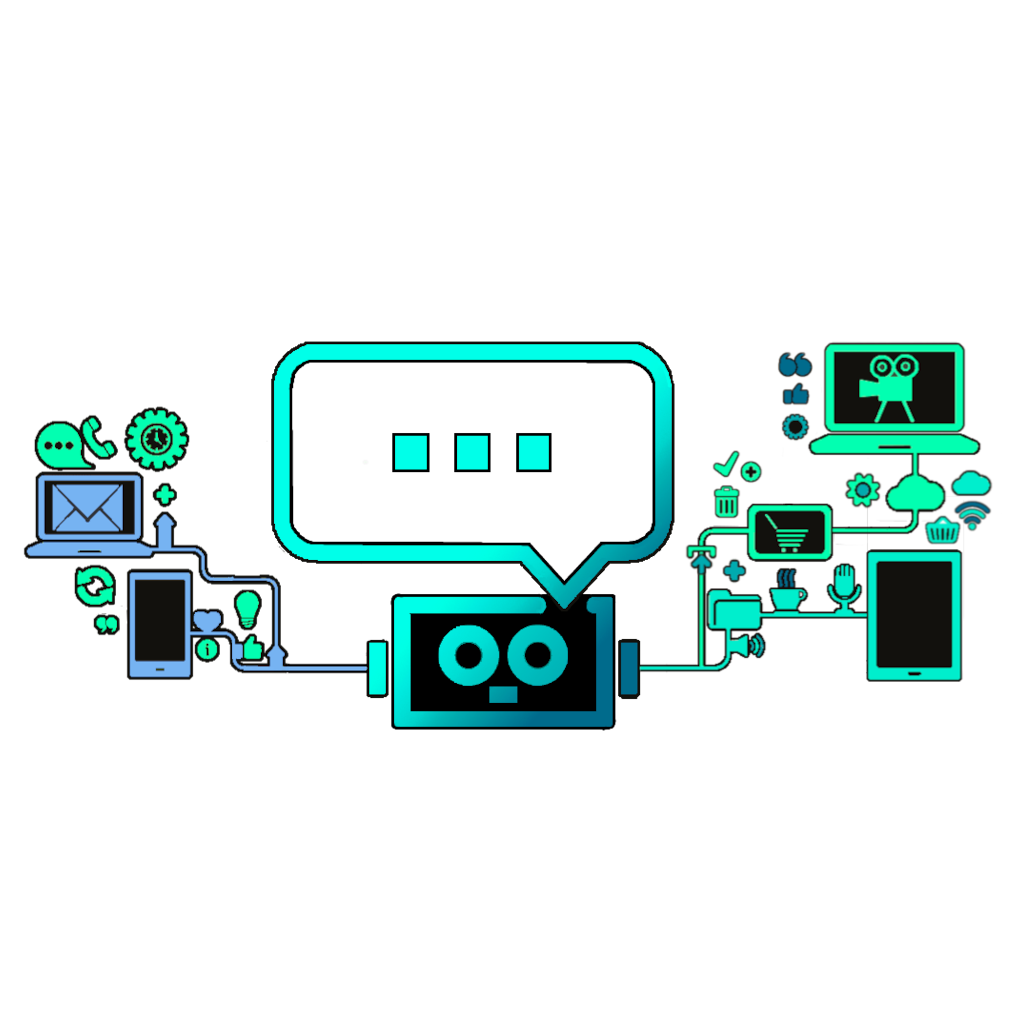Mastering Email Marketing: Navigating the Email Life-Cycle
Email Marketing
In the realm of modern communication, email marketing has become an indispensable tool for businesses and individuals. It offers a unique opportunity to connect, persuade, and nurture relationships with an audience.
The Email Life Cycle
Creating effective email campaigns requires more than just a catchy subject line and an eye-catching design; it demands a deep understanding of the email life-cycle.
According to the comprehensive 'What to Write in your Emails Guide' authored by Content Marketing Specialists Monica Montesa and Elisabeth Willits at AWeber, emails can be strategically categorized to achieve specific objectives, transforming casual interactions into meaningful connections.
Let's explore the intricacies of the email life-cycle and learn how it can be harnessed for success.

Making Connections
The first phase of the email life-cycle focuses on making connections with your audience. This crucial step involves initiating contact and building a rapport that goes beyond the surface. Here's how you can achieve this:
Confirmation Email
After a user subscribes or makes a transaction, a confirmation email assures them that their action was successful, instilling trust and credibility.
Welcome Email
Welcoming new subscribers warmly not only acknowledges their presence but also sets the tone for future interactions, making them feel valued.
Newsletter Email
Providing valuable content through newsletters establishes your expertise and keeps your audience informed and engaged.
Event Invitations Email
Inviting subscribers to events or webinars demonstrates your commitment to their interests, fostering a sense of community.
Introducing Brands/Services
Once a connection is established, the next phase involves introducing your brand and services effectively. Transparency and authenticity play a pivotal role here, shaping how your audience perceives your offerings:
Product/Service Email:
Showcasing your products or services in a clear and enticing manner piques curiosity and encourages exploration.
Case Studies:
Real-life success stories and case studies provide evidence of your brand's effectiveness, building trust and credibility.
Nurture Campaign Email:
Nurturing leads through personalized content and offers can guide potential customers towards making informed decisions.
Selling a Product/Service:
Converting Interest into Action.
The pivotal moment arrives when your audience is ready to make a purchase. Crafting compelling sales emails can turn interest into action, facilitating transactions and driving revenue:
Selling a Product Email:
Highlighting product features, benefits, and limited-time offers can create a sense of urgency, prompting swift purchase decisions.
Selling a Service Email:
Clearly outlining the value proposition of your services, along with client testimonials, can convince potential clients of your expertise and reliability.
Developing Loyal Customers: Fostering Long-Term Relationships
Beyond one-time transactions, the email life-cycle emphasizes the significance of loyal customers. Satisfied clients can become your most significant advocates, aiding in brand growth and customer retention:
Delighting Customers Email:
Expressing gratitude and offering exclusive perks to existing customers strengthens their loyalty, making them feel valued and appreciated.
Dealing with Unhappy Customers:
Addressing customer issues promptly and professionally demonstrates your commitment to customer satisfaction, potentially turning negative experiences into positive ones.
Turning Customers into Brand Advocates Email:
Encouraging satisfied customers to share their experiences and refer others can amplify your brand's reach, tapping into the power of word-of-mouth marketing.
Maintaining a Healthy Email List:
Ensuring Long-Term Engagement.
Lastly, maintaining an active and engaged email list is essential for sustained success. Regularly seeking feedback and optimizing your email marketing strategy ensures that your communication remains relevant and effective:
Asking for Feedback (Survey) Email:
Conducting surveys to gather feedback helps you understand your audience's preferences, allowing you to tailor your content and offerings accordingly.
Conclusion
Mastering the email life-cycle is not just about sending emails; it's about creating meaningful connections, fostering trust, and nurturing long-term relationships. By understanding the specific needs of your audience and tailoring your email content strategy accordingly, you can transform casual subscribers into loyal customers and brand advocates. So, embrace the email life-cycle, and watch your email marketing efforts flourish in the digital landscape.

